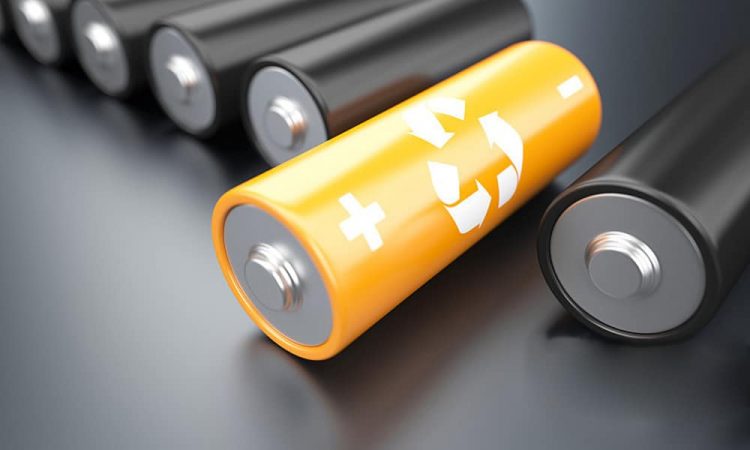The 12v lithium-ion battery is the newest advancement in the world of batteries and electronics. What makes them so special? They are light, compact, powerful, rechargeable, and long-lasting. Lithium-ion batteries are used to power mobile phones, laptop computers, digital cameras, and numerous other electronic devices, including electric cars, hybrid vehicles, and portable power stations. Because they have gained popularity so rapidly throughout the past decade, it’s no surprise that their use will continue to increase as more people demand convenience wherever they go.
How Lithium-Ion Batteries Work?
- Lifepo4 battery is different from other types of rechargeable devices in that they have a lithium cobalt oxide cathode rather than the cadmium or lead used in traditional nickel-cadmium batteries.
- Lithium atoms have a low atomic weight and are much lighter than those found on cadmium. It enables them to produce more energy per volume and weigh less overall, which is why these batteries are so popular.
- They contain three times more fuel by volume than nickel-cadmium batteries do; this means that you need to carry around fewer of them if you want the same amount of power for your electronic devices.
- It can be recharged faster, thus having an improved charge cycle life.
- A lithium battery 12v 100ah works by sending electrons from anode (a positively charged material) to cathode (negatively charged material).
- A flow of electrons occurs when a lithium-ion battery is discharged and charged.
- During discharge, the lithium cobalt oxide cathode releases electrons from its lithium ions into an electrolyte mixture of non-aqueous organic solvents, a solid ceramic separator, and graphite anodes.
- The battery is then charged in reverse; it passes electrons back from the negative side back to the positive side through an electric circuit.
- The main benefit of using lithium-ion batteries as Golf cart battery over traditional nickel-cadmium or lead/acid batteries is that they produce three times more power for a given size.
- In short, it means you can carry around fewer batteries if you want the same amount of electricity with you to charge the mobile phone, digital camera, or laptop computer when traveling.
- They are also lighter than other rechargeable batteries because lithium is much lighter than the cadmium or lead found in traditional batteries.
- However, lithium-ion batteries have some drawbacks compared to their predecessors; lithium can ignite if exposed to an open flame.
- This risk is why it is recommended that you exercise caution when traveling with a laptop equipped with a 12v lithium-ion battery, as they have been known to catch fire and then explode while being recharged.
Conclusion
Lithium-ion batteries have gained popularity over the last several years, but their use has been researched since the 1960s. The first lithium battery was developed by scientists at the University of Texas at Austin in 1970 and used lithium cobalt oxide for its cathode. The source of lithium for these batteries is a natural mineral found in Chile called “lithium pegmatite.”
Of course, modern-day uses require much larger quantities than what could be gathered from this limited supply within such a short period—considering the huge demand from all over the world. Mines were opened in different countries like Australia, China, and South America, thus providing consumers with sufficient batteries to charge electrical equipment.
